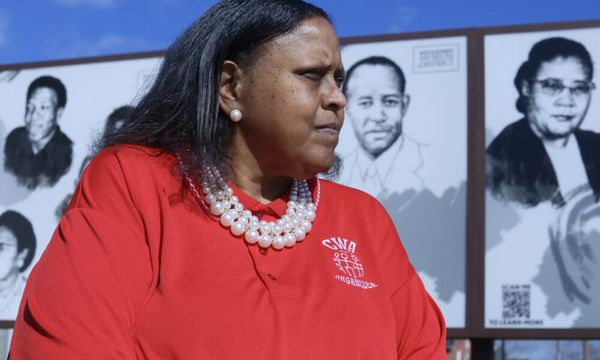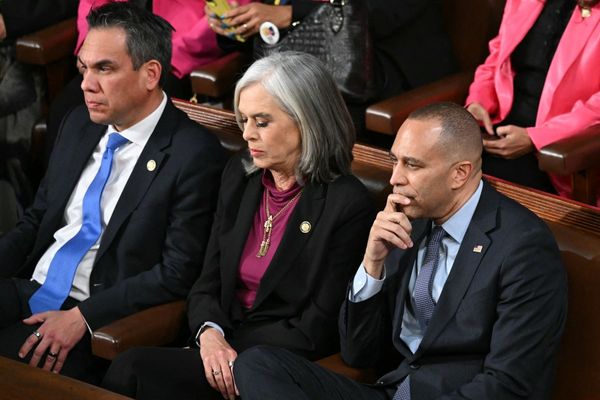
Padma Bhushan Anant Vitthal, who is also known as Dhananjay Keer, has written the biographies of leaders such as BR Ambedkar, Lokmanya Bal Gangadhar Tilak, Raj Rishi Sahu ji Maharaj and Veer Savarkar. In his works, Keer outlined the difference between a social reformer and a social revolutionary. While writing on Ambedkar, Keer wrote: “A reformer rebuilds what is already present, while a revolutionary demolishes the old and rebuilds from scratch.”
Like BR Ambedkar, Savarkar was not only a reformer, he was an active social revolutionary. He remains largely unknown to the masses because of the propaganda against him that has been perpetuated over several decades.
Savarkar was the first political leader to daringly set Independence as India’s goal in 1900, which was accepted much later by the Congress in its Lahore session in 1929. And he worked relentlessly on abolishing the caste system.
Providing guidance on how to abolish the caste system and untouchability, Savarkar said: “To achieve social revolution we first have to strike at the birth-based caste system and bridge the differences between the various castes. As an action plan, a person born into a Brahmin family should be called a laggard if he is one and a person born in a shudra family must be called intelligent if he is one no matter whether their fathers and forefathers were intelligent or laggards.” (SamagraSavarkarVangmay, Part 3)
In 1929, he organised yagyopaweet (sacred thread) ceremonies and recitation of the Vedas, community dining and temple entry — all targeted at those who were then considered untouchables. In 1907, Bhikhaiji Cama raised a tricolour at an international conference in Stuttgart, Germany, designed by Savarkar. The flag with green, yellow and red fields represented Islam, Hindu and Buddhism.
The two-nation theory propagated in the name of Savarkar was actually invented by Syed Ahmad Khan in January 1883 in Patna. Savarkar, however, was unequivocally critica of Jinnah’s theory, and argued that he was advocating equal rights for all, but Jinnah wanted more rights for himself.
A poet, Savarkar penned 10,000 lines on prison walls, using whatever tools were available since he was not provided writing material. Later, he made fellow inmates memorise those lines so that they could be published. Words such as Doordarshan for TV, Akashavani for radio, Mahapaur for Mayor, and Parshad for municipal councillor, were coined by Savarkar.
Savarkar’s thoughts on scientific temper are also accepted in the Constitution. He analyses scientific temper in an essay. Scientific temper is a modern and practical thought process. Our today should not be restricted by yesterday’s religious text, and our tomorrow should definitely not be restricted by the same, he wrote. This is what we call modernity. Scientific inventions and industrialisation alone are not scientific temper — rather the process of arriving at a conclusion using one’s own analysis is scientific temper. To analyse something based on one’s own understanding, reached through an inquisitive mind, with an eye for detail, and then accepting that conclusion with an open mind, is scientific temper.
Savarkar’s belief was that the foundation of a nation’s philosophy should be based on scientific temper, and that this was key to India becoming a strong, modern and developed nation. He also strongly believed that scientific temper was not only required for nation-building but also for human well-being — his social transformation agenda was based on the tenets of humanism and scientific temper.
The Constitution has underlined scientific temper, humanism, spirit of enquiry and reform as the fundamental duties binding on its citizens. Savarkar’s thoughts were a result of deep contemplation. He believed that a nation should be built based on a sound scientific basis, and not on the basis of any religious texts.







